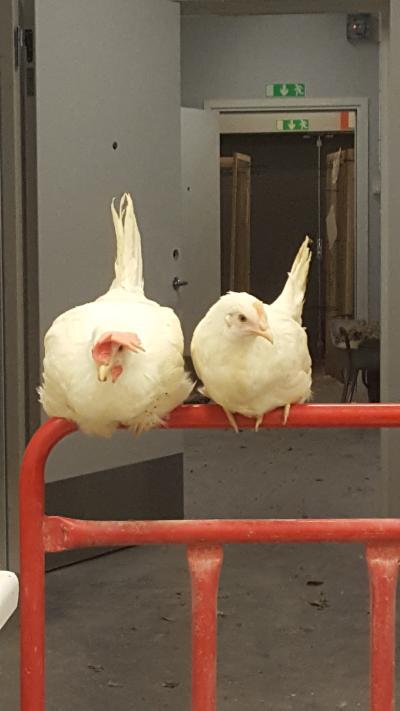Conclusions

In the present study it was found that hatchery chickens are exposed to high levels of stress within a commercial hatchery, which may have detrimental effects later in life. Looking at acute effects of stress, hatchery chickens appeared at a disadvantage to control chickens, showing higher stress reactions. They were less explorative and performed less comfort behaviours than control chickens, as well as having a higher CORT reactivity to a three minute restraint test. However, the chronic effects of stress paint a different picture. Hatchery related stress appeared to cause a hormetic effect with hatchery individuals performing more comfort behaviours than controls, having a shorter tonic immobility and producing more eggs which were heavier. Although hatchery chickens still showed higher CORT reactivity than control birds and also had higher feather damage scores, and these are commonly observed within commercial chicken flocks (Costa et al., 2012). When looking at the effect of hatchery related stress when comparing males and females, in the present study males reacted more severely, both acutely and chronically, than the hatchery females. This suggests that females have a higher stress tolerance. In general, whilst hatchery related stress may have negative implications, the present study has shown that this early stress may prime individuals to be able to better deal with stressors faced in later life.
Responsible for this page:
Director of undergraduate studies Biology
Last updated:
05/27/18
